Can Dogs Eat Bones? A Vet’s Guide to Safe Snacking
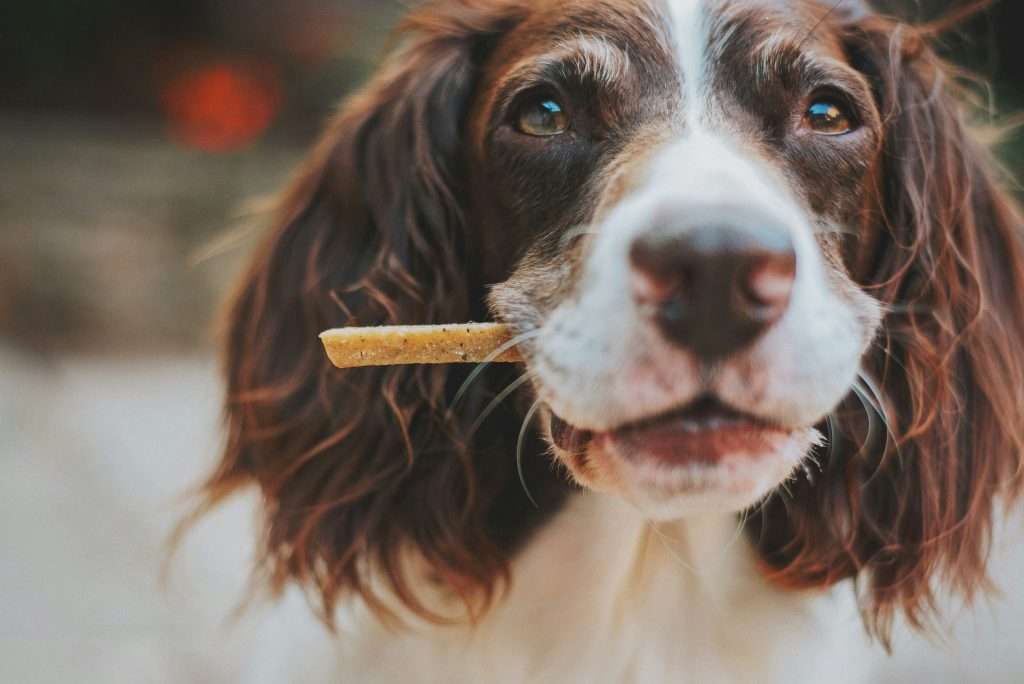
Are you wondering if tossing a bone in your dog is safe? The short answer is yes, but with some important caveats. While bones can be a delightful treat and provide mental stimulation for your furry friend, knowing which types are safe and which ones to avoid is crucial.
Raw, meaty bones can be beneficial, offering nutrients and aiding dental health. However, certain bones can pose risks. Cooked bones, for instance, can splinter and cause severe injuries. Understanding these nuances ensures your dog remains happy and healthy.
Let’s examine the pros and cons of feeding your dog bones and provide tips on making this treat as safe as possible.
Table of Contents
Key Takeaways
- Raw bones can be a nutritious treat for dogs.
- Cooked bones are dangerous and should be avoided.
- Always supervise your dog when they’re enjoying a bone.
The Joy of Bones: Benefits of Chewing
Giving bones to your dog can offer several benefits. Nutritional advantages, improved dental health, and mental stimulation are some of the positive effects of bones on your furry friend’s life.
Nutritional Advantages of Bones
Raw bones are packed with nutrients. They are an excellent source of calcium and phosphorus, which help strengthen your dog’s bones and teeth. These essential minerals are crucial for proper bone growth and development.
Bones also contain other nutrients like amino acids and fatty acids. Amino acids are essential for muscle growth and tissue repair, while fatty acids can keep your dog’s coat shiny and healthy.
Another benefit of bones is that they offer a natural source of fiber, supporting digestive health. Chewing on bones can also provide antioxidants, which help maintain overall health.
Canine Dental Health and Bones
Chewing bones play a significant role in keeping your dog’s teeth clean. When your dog chews on bones, it helps remove plaque and tartar buildup, which can lead to dental problems like gum disease and tooth decay.
You avoid expensive vet visits for dental cleanings by maintaining good dental health. Chewing bones encourage saliva production, which naturally cleans your dog’s teeth.
Regular bone chewing will make your dog’s teeth and gums stronger and healthier. This simple activity can significantly affect their oral hygiene and overall well-being.
Behavioral and Mental Benefits
Chewing bones provide excellent mental stimulation for your dog. It helps to keep their mind engaged and prevents boredom, which can lead to destructive behaviors.
Bones can be a fantastic way to reduce anxiety and stress. When your dog is focused on chewing a bone, it can have a calming effect, much like humans find comfort in activities like knitting or reading.
If your dog has separation anxiety, giving it a bone to chew on can be a great distraction. Chewing also allows your dog to exercise its instincts and can provide hours of entertainment. This not only keeps your dog happy but also strengthens its mental health.
The Safe Way to Bone Treats
Choosing bones for your dog requires care and attention. Always ensure they suit your dog’s size, and supervise them while they chew to avoid accidents.
Identifying Safe Bones for Your Pooch
When selecting bones, it’s crucial to pick the right type. Raw, meaty bones are often suggested. They contain muscle meat, cartilage, and soft tissues, making them less likely to splinter. Large bones like beef shank bones also work, but always avoid cooked bones—they can easily break and cause blockages or injuries.
Size matters. Bones should be big enough that your dog can’t swallow them whole or break them apart easily. For instance, a bone larger than your dog’s muzzle is a good choice. This ensures they chew instead of gulping it down.
Consider age and breed. Puppies and senior dogs have different needs and chewing abilities. Soft, pliable bones might be more appropriate for your dog if it’s a young puppy or an older dog with dental issues.
Proper Supervision During Chew Time
Whenever you give your dog a bone, supervision is key. Never let them chew without keeping an eye on them. Monitoring helps prevent choking and other potential hazards.
Set a time limit. Don’t let your dog chew endlessly. About 10-15 minutes is a good window to minimize the risk of teeth damage. After this period, take the bone away and save it for another time.
Use safe chew toys as an alternative. Chew toys can provide similar benefits to bones for dogs without the associated risks. They help with teeth cleaning, boredom reduction, and anxiety relief.
Be attentive to signs of trouble. Remove the bone immediately if your dog shows signs of distress, like coughing or difficulty breathing. Over the next few days, always check their stool for bone fragments to ensure everything has passed safely.
For more details on safe bone options, you can explore further guidelines from expert sources such as the American Kennel Club and PetsRadar.
Potential Perils of Bones for Dogs
Feeding bones to your furry friend can present several dangers. These include choking, broken teeth, and the risk of bacterial infections like salmonella. You should always be cautious and aware of these risks when considering bones as treats.
Choking and Obstruction Risks
Bones can break into small, sharp pieces that pose a choking hazard.
Dogs may try to swallow large pieces, leading to throat or gut obstructions. This can be dangerous and often requires an emergency visit to your vet.
Examining your dog’s stool can help determine if bone fragments have safely passed. If no fragments are seen within 3-4 days, visiting your vet is essential.
Broken Teeth and Oral Injuries
Chewing on hard bones can lead to broken teeth or tooth fractures. These dental issues are painful for your dog and usually require anesthesia and surgery to fix or remove the damaged tooth.
Sharp edges of broken bones can cut or pierce your dog’s tongue, gums, or other soft tissues inside the mouth. These injuries may cause infections, which can become severe if not treated promptly.
Bone injuries could lead to pieces getting lodged in areas of the mouth. This can create more discomfort and may necessitate urgent veterinary care.
Bacterial Threats and Contamination
Bones, especially raw ones, may carry bacteria like salmonella or E. coli. These bacteria can cause severe illness in dogs. Symptoms to watch out for include vomiting, diarrhea, lethargy, and fever.
Contaminated bones can also pose a threat to humans handling them. Maintaining proper hygiene by washing hands and cleaning surfaces thoroughly after handling raw bones is crucial.
Another risk is that even raw, meaty bones may carry bacteria. Therefore, consider if the benefits outweigh the potential health threats before giving bones to your dog.
By understanding these risks, you can make more informed decisions about safely incorporating bones into your dog’s diet and identify when to seek help from your vet.
Cooked Vs. Raw: The Great Debate
Choosing the correct type of bone for your dog is crucial for their health. Many pet owners wonder if raw or cooked bones are better. Each type has its pros and cons.
The Argument for Raw Bones
Raw bones are often seen as the better option. They are less likely to splinter compared to cooked bones. This means fewer risks of sharp fragments that can harm your dog. Raw, meaty bones can also help clean your dog’s teeth by reducing tartar buildup.
Dogs have been eating raw bones for centuries. Raw bones contain nutrients like calcium and phosphorus, which are suitable for bone health. These nutrients help keep your dog’s teeth, bones, and coat healthy. Raw bones are also ideal for mental stimulation.
Always pick the right size for your dog—too small, and they might choke; too big, and it could be hard for them to chew. To be safe, supervise your dog while they enjoy their raw bones.
Why Cooked Bones Are a No-No
Cooked bones, especially cooked chicken bones, are dangerous for your dog. Cooking changes the bone’s structure, making it brittle. This brittleness causes the bones to break into sharp shards. These shards can cause choking, internal injuries, or even blockages in your dog’s digestive system.
According to experts, cooked bones lose most of their benefits. When bones are cooked, the heat destroys essential nutrients. This means cooked bones have little nutritional value left.
Common issues with cooked bones include fractures to your dog’s teeth and splintering, which can get lodged in their gums. Due to these risks, vets strongly advise against giving your dogs any cooked bones.
Raw bones are safe treatment options. Always consult your vet before introducing new items into your dog’s diet to ensure its health and safety.
Addressing Common Digestive Complications
Dog bones can present several complications. Issues like gastrointestinal problems, diarrhea, vomiting, and intestinal blockages are common. Knowing the symptoms to watch out for and understand the potential severity is crucial.
Gastrointestinal Tract Issues
When dogs chew bones, fragments can sometimes lodge in their digestive system. This can lead to complications such as intestinal obstructions or perforations of the stomach lining. Not all bones are created equal; some are more likely to splinter and cause trouble.
Diarrhea and constipation are common signs of digestive discomfort. Sharp pieces can irritate the digestive tract when bones splinter, causing bloody stools. In severe cases, fragments can cause blockages, which might require surgery.
Bones with a high-fat content can also upset the digestive balance, leading to vomiting or diarrhea. Even small amounts can wreak havoc if your dog has a sensitive stomach. Monitor their digestion after bone consumption and consult a vet if symptoms persist.
Signs of Digestive Distress
Knowing the signs of digestive distress can help you react quickly to potential issues. Watch for vomiting, lethargy, and abdominal bloating. Dogs that strain to defecate or exhibit constipation might have a blockage. Refusal to eat and bloody stool are red flags that necessitate immediate veterinary care.
Diarrhea can indicate that bone fragments are disrupting the gastrointestinal system. Persistent vomiting and abdominal pain could suggest a perforation or severe blockage that needs professional attention. Regularly check your dog’s stool for bone fragments over a few days, as their absence might signal an obstruction.
Swift action can save your dog from severe complications. Consult your vet to ensure your furry friend’s health when in doubt. If you want more information on what to do when a dog eats bones, visit this guide for safe practices and expert advice.
Feeding Bones Safely: Best Practices
Feeding bones to your dog can be beneficial if done correctly. The key is to consult a veterinary professional and follow safe feeding practices to avoid health risks.
Consulting a Veterinary Nutritionist
Consulting a veterinary nutritionist is crucial before introducing bones into your dog’s diet. They can provide specific recommendations based on your dog’s breed, size, and health. Raw bones can offer nutritional benefits like calcium and phosphorus, but consulting a professional ensures your pet gets the right type and size of bone.
Veterinary experts also help you understand potential risks, such as bacteria in raw bones or the dangers of bones that are too hard and could damage teeth. For instance, the American Kennel Club highlights that raw meat bones might carry bacteria like salmonella.
Getting tailored advice ensures that you feed your furry friend the best way possible, reducing the chances of gastrointestinal issues or choking.
Feeding and Supervision Tips
When giving your dog bones, follow these tips for safe snacking. Always supervise your dog to prevent choking or other hazards. It’s best to provide raw, meaty bones appropriate for your dog’s size. Small bones can get stuck or break teeth, so opt for larger ones.
Feeding bones outdoors or in a designated area can also keep your home clean. Afterward, check your dog’s stool for bone fragments, and if you don’t see any after a few days, consult your vet. The article from Canine Journal warns that symptoms like vomiting or constipation should prompt an immediate vet visit.
Lastly, while bones can help clean your dog’s teeth and provide nutritional benefits, moderation is key. They’re a treat and not a staple of your dog’s diet. Following safe practices and staying attentive ensures your dog’s bone-eating experience is enjoyable and secure.
Frequently Asked Questions
Understanding which bones are safe for dogs and the risks involved in feeding them can ensure your dog’s health and safety.
What kind of bones are safe for dogs to chew on?
Raw bones with meat are typically the safest option for dogs. They offer nutritional benefits like calcium and protein. Make sure the bones are appropriately sized for your dog to avoid choking hazards and never leave your dog unattended with a bone.
Are cooked beef bones hazardous for dogs to consume?
Yes, cooked beef bones can be dangerous. Cooking makes bones brittle, potentially causing them to splinter. This can lead to mouth injuries, choking, or digestive tract damage. To reduce risks, stick to raw, meaty bones that are safe and nutritious.
How does bone consumption affect a dog’s dental health?
Chewing on bones can help clean your dog’s teeth and reduce tartar buildup. This keeps your dog’s mouth healthy and can prevent dental diseases. Always choose bones that are appropriate in size to avoid damaging your dog’s teeth.
Are there specific bone types that are more digestible for dogs?
Raw bones with some meat and cartilage are more digestible than cooked or large bones. These raw bones provide essential nutrients and can be easily broken down by your dog’s digestive system. Avoid bones that are too hard, as they can still cause dental problems.
What are the risks involved in feeding my dog rib bones?
Rib bones can be hazardous. They tend to splinter, which can cause serious injuries to your dog’s mouth, throat, and intestines. Avoid giving your dog rib bones and opt for safer alternatives like raw, meaty bones or specially designed chew toys.
How can I safely introduce bones into my dog’s diet?
Start with small, raw, meaty bones that suit your dog’s size. Supervise them while they chew to ensure they are safe. Gradually, you can let them have longer chewing sessions as they get used to the bones. If you notice any discomfort or issues, consult your vet immediately.
Learn more
Can Dogs Eat Steak Bones? Unveiling the Truth for Pet Owners


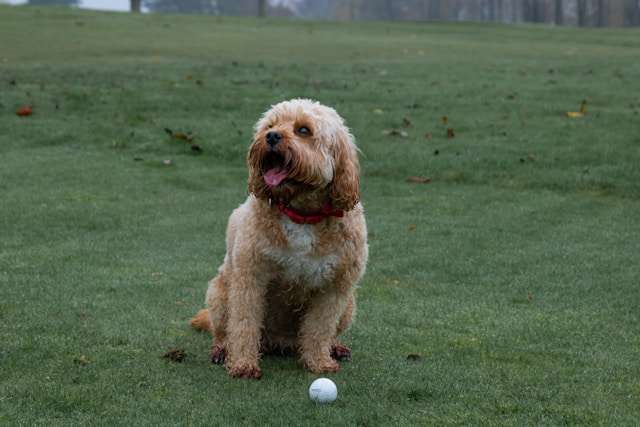

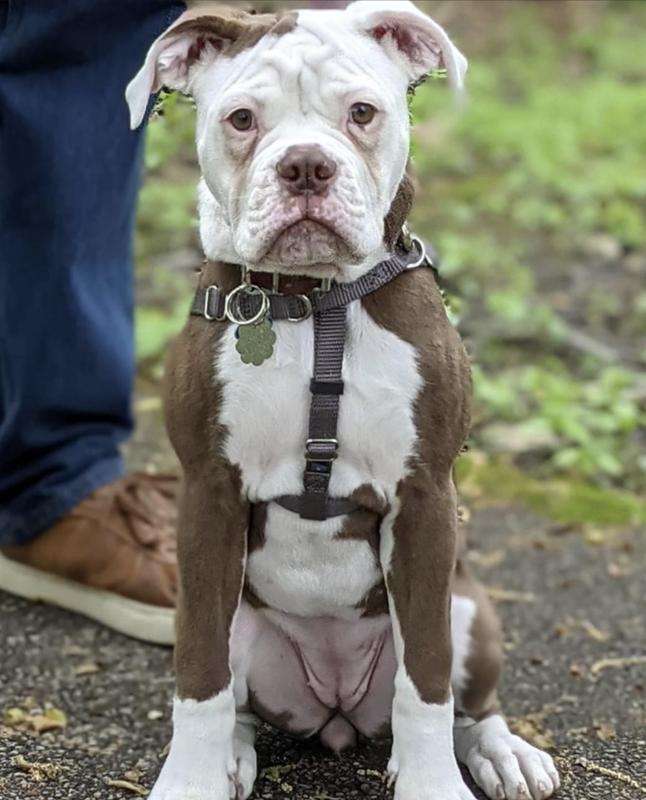
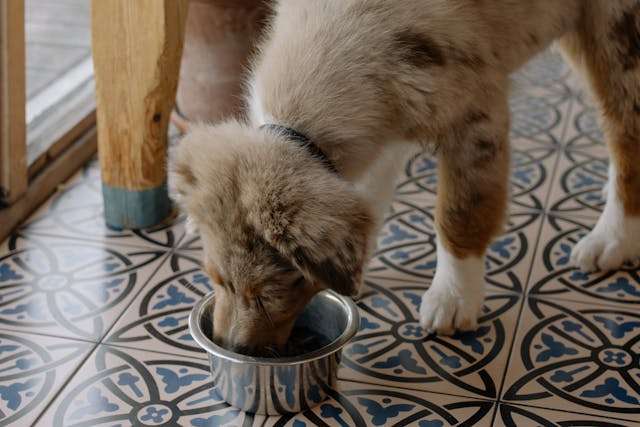

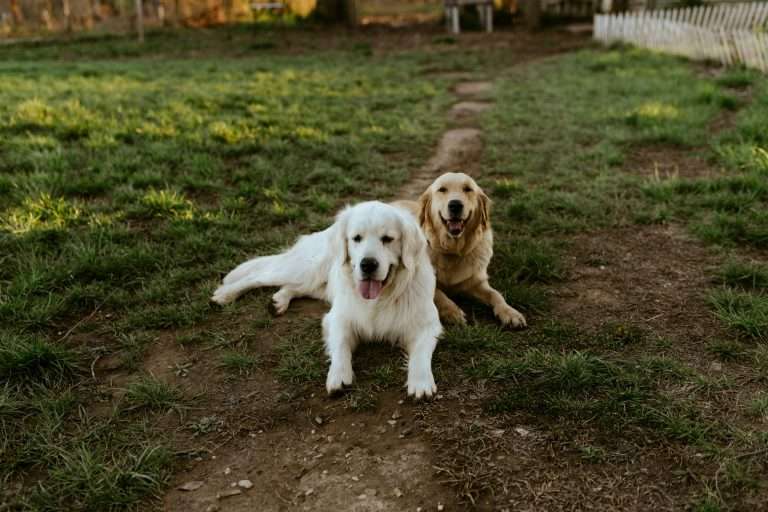
One Comment
Comments are closed.